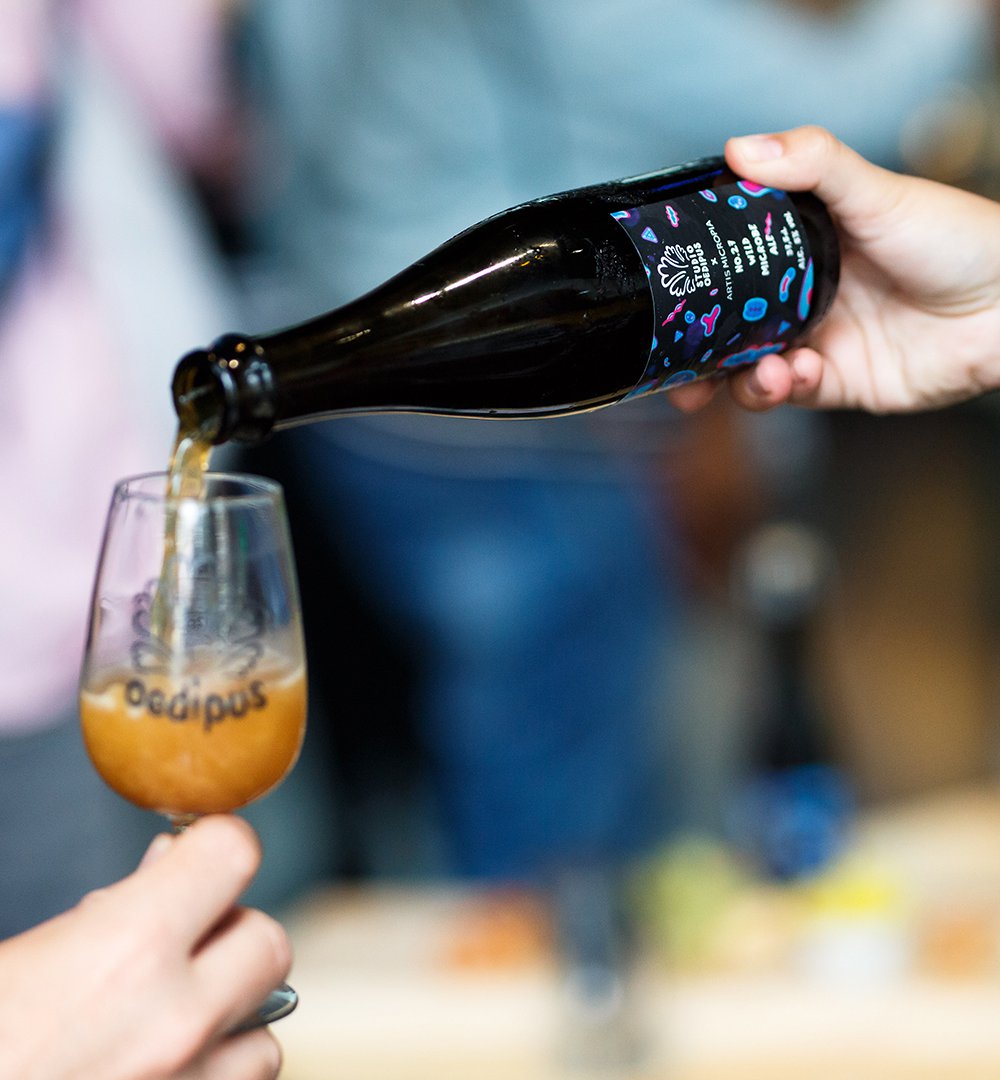The production of roughly half of what we eat and drink involves the use of microbes. Sometimes the whole process is dependent on microbes, sometimes only a part of it. These microbes are added to the other ingredients in the form of a starter culture, upon which they begin fermenting the mix.
The production of roughly half of what we eat and drink involves the use of microbes. Sometimes the whole process is dependent on microbes, sometimes only a part of it. These microbes are added to the other ingredients in the form of a starter culture, upon which they begin fermenting the mix.
Fermentation
Fermentation is a metabolic process that some microbes use to obtain energy from the chemical bonds in sugars. As they don’t require oxygen to perform this process, these microbes are anaerobic. The two most important types of fermentation in the food and beverage industry are alcoholic fermentation and lactic acid fermentation. These processes result in the production of alcohol and lactic acid, respectively. Alcoholic fermentation is usually performed by yeast and is crucial for the production of alcoholic beverages and baking bread. Lactic acid fermentation is performed by bacteria found in dairy products, sauerkraut, and dried sausage. The alcohol and lactic acid produced in these processes influence not only the taste of the respective products, but can also improve their shelf life. Alcohol, for example, can be toxic to microbes, whereas lactic acid lowers the pH (acidity) so that microbes are unable to grow on the product.
Starter cultures
The microbes that play such an important role in the production of certain food products do not appear by themselves, but are added in the form of a starter culture. This is a small, living population of microbes which is added to the rest of the ingredients and starts to proliferate. This gets the fermentation process going. A starter culture consists partially of the bacteria / fungal species of interest, and partially of a nutritive base to keep the microbes alive. Frequently used species are fungi of the genera Saccharomyces (beer, wine, bread) and Rhizopus (tempeh), and bacteria of the genera Lactobaccilus (yoghurt, kimchi), Streptococcus (yoghurt), and Leuconostoc (sauerkraut).
Do you want to know more about the many biotechnological applications for microbes? Visit Micropia.

